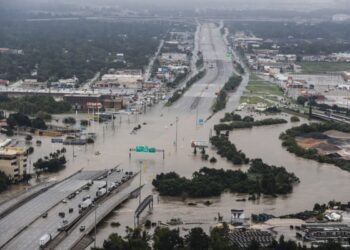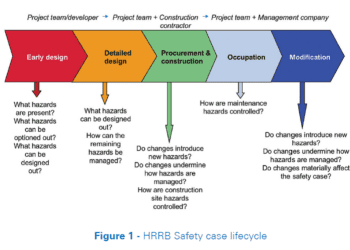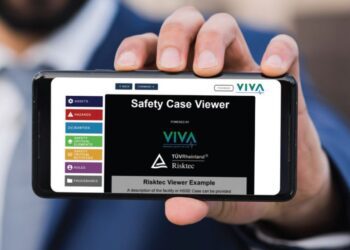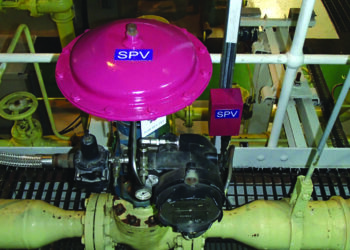COVID-19: Pandemic management using bowtie analysis
Given there is no playbook for the COVID-19 crisis, how can you ensure that the health of your workforce and safe operations are maintained during a global pandemic? The use of bowtie analysis, and its application within an integrated risk management process, can help us better understand and manage this risk.
The COVID-19 pandemic has swept across the globe. In response, many companies have implemented work from home policies, while others have stopped operations entirely in an effort to limit the spread. There are, however, industries where this approach is not viable, either because they provide an essential service or because of economic necessity. These employers face the proposition of balancing the needs of the business and the community with a continued responsibility to provide a safe workplace for employees.
The application of bowtie analysis can help tackle this issue.
BOWTIE ANALYSIS
Bowtie analysis, a commonly adopted methodology within high hazard industries, helps the risks associated with continued operation in the COVID-19 pandemic to be better understood, managed and, communicated to the workforce. Through graphical representation, it can map threats that may impact worker safety or the ability to maintain safe operation, identify and assess the safeguarding in place to prevent or mitigate different scenarios, and readily highlight any deficiencies or nonconformances (see the example in Figure 1).
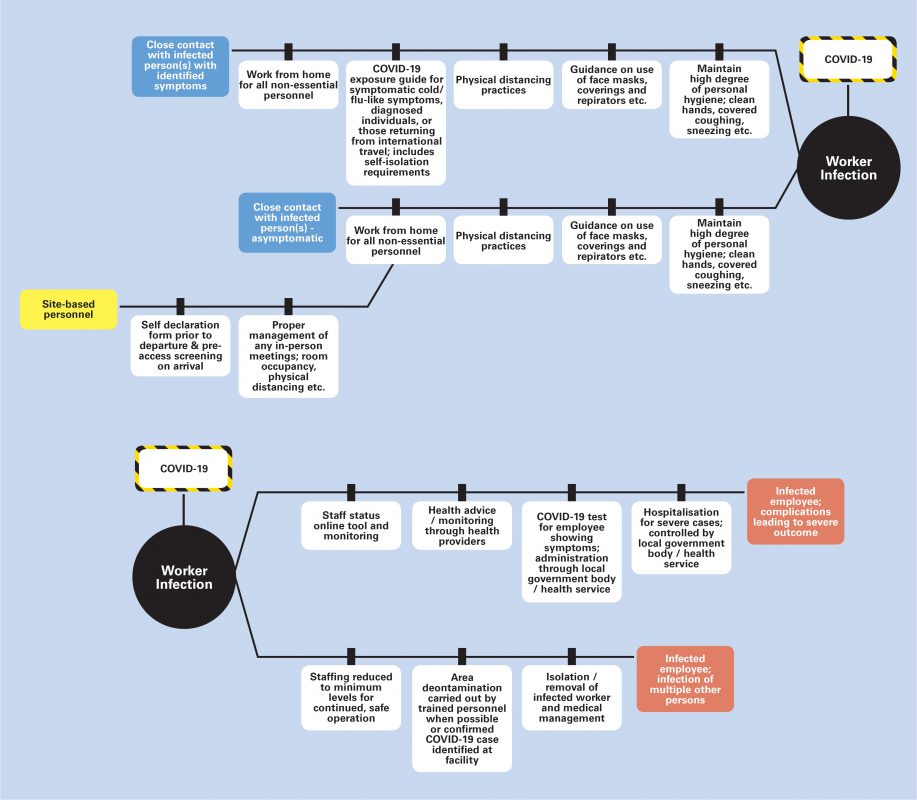
Figure 1 – COVID-19 worker infection example
RISK MANAGEMENT FRAMEWORK
It is important to note that bowtie analysis is not a panacea for managing risk in this environment and must be integrated within a wider risk management framework, which enables the effectiveness of the preventive and mitigation barriers to be monitored. This allows the risk profile to be better understood and managed over time, which is of special significance to large organisations who face the following challenges:
- How do we coordinate our response in a consistent manner across multiple facilities and offices?
- How do we provide a large and geographically diverse workforce with readily available information on our response and the resources available?
- How do we map and track compliance of safeguarding to ensure conformance and identify any deficiencies?
The bowtie is an excellent communication tool for the coordination of response. Dissemination of key information to the workforce can be actively managed via output from the bowtie analysis. Information for each barrier on the COVID-19 bowtie diagram can be easily and swiftly communicated to the workforce in a one page summary, ensuring a coherent and well-informed response, covering questions such as:
- What is the barrier?
- What does it do?
- How does it perform?
- How is it tested?
- Where do I find documents with further information?
- Who should I contact for further details?
In order to track how well prevention and mitigation barriers are performing, assurance and verification criteria must be defined as benchmarks to measure success. Such criteria are commonplace within high hazard industries (in the form of performance standards), however a more appropriate approach for managing the COVID-19 response is the three lines of defence model.
THREE LINES OF DEFENCE
The three lines of defence (LOD) model is typically deployed in an internal auditing function. It is a method used to gauge performance, enhance clarity regarding risks and controls, and help improve the effectiveness of risk management systems. It is based around three broad concepts:
- LOD1: Self-verification that activities have been completed as prescribed. Barriers are effectively controlling risks and are delivering planned performance.
- LOD2: Independent functional assurance of conformance to requirements and quality of operating activities.
- LOD3: Internal, external and regulatory audits to confirm compliance.
The LOD model may be applied to the COVID-19 bowtie in the following manner:
- Identify assurance and verification criteria for each barrier.
- Disseminate these criteria to operating locations in questionnaire format for completion by site representatives.
- Collate responses within the auditing function of the bowtie software used (e.g. AuditXP/BowTieXP).
- Display and monitor facility performance using a KPI dashboard.
The application of the LOD model to the COVID-19 response enables a real-time view of the health of barriers, ensuring all non-conformances and deficiencies are highlighted, together with a risk profile for each facility. An example of the auditing function and KPI dashboard is depicted in Figure 2.
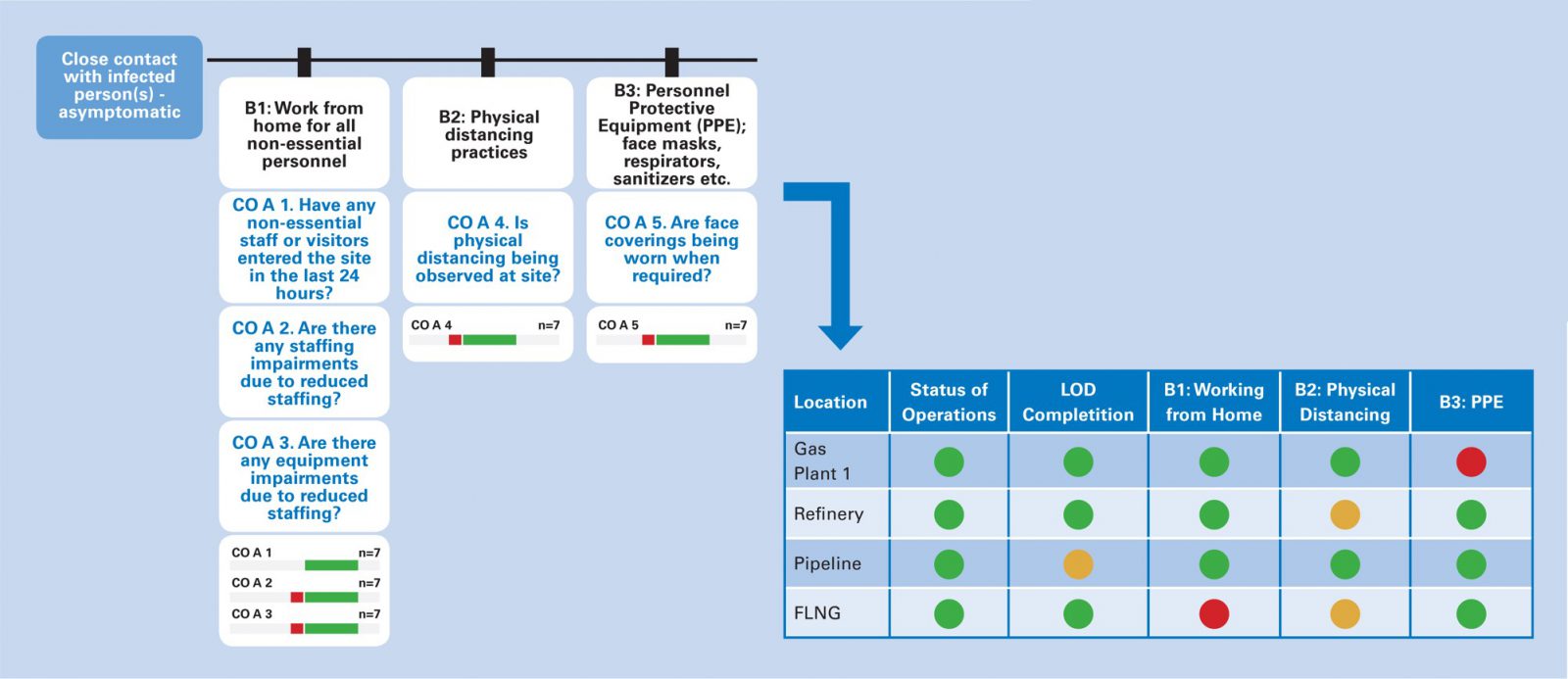
Figure 2 – Auditing function and KPI dashboard
CONCLUSION
COVID-19 presents a unique and challenging environment for society and industry alike. As organisations continue operations, or begin return-to-work preparations, the need to manage the risks inherent in such activities is paramount. Bowtie analysis, and its application within an integrated risk management process, can help us better understand and manage these risks.


